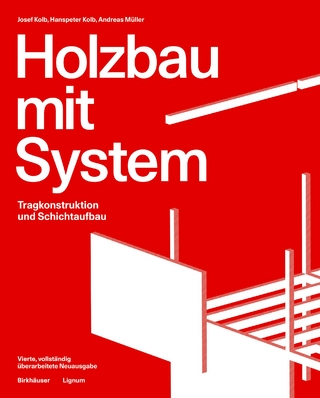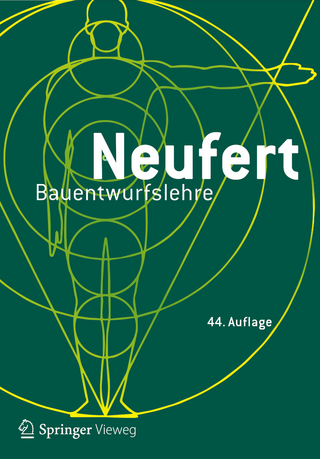
Brickmaking
History and Heritage
Seiten
2021
Amberley Publishing (Verlag)
978-1-4456-9940-0 (ISBN)
Amberley Publishing (Verlag)
978-1-4456-9940-0 (ISBN)
Highly illustrated throughout, this is the story of brickmaking in the UK told by an expert in the field.
Across much of the country buildings have been made of brick, rather than stone, from the Roman period onwards. High-status buildings of the Tudor and Stuart eras were often built of clay brick, but it was only in the nineteenth century that the use of brick in rapid industrial and urban development saw a massive increase in brick production. Mechanisation of the various processes, along with the development of new kiln technologies, enabled this increase in output. Age-old clamp kilns were replaced by kilns capable of turning out thousands of bricks per week. Because bricks had a very low individual unit cost, and because so many were needed for each new building, brickmaking was always a localised industry: wherever suitable raw materials occurred close to the intended market, brickworks would spring up. The thousands of sites that existed at one time or another have mostly been swept away and brickmaking now is concentrated in relatively few sites.
This book explores the history of the brickmaking industry and looks at production sites from the past and the present.
Across much of the country buildings have been made of brick, rather than stone, from the Roman period onwards. High-status buildings of the Tudor and Stuart eras were often built of clay brick, but it was only in the nineteenth century that the use of brick in rapid industrial and urban development saw a massive increase in brick production. Mechanisation of the various processes, along with the development of new kiln technologies, enabled this increase in output. Age-old clamp kilns were replaced by kilns capable of turning out thousands of bricks per week. Because bricks had a very low individual unit cost, and because so many were needed for each new building, brickmaking was always a localised industry: wherever suitable raw materials occurred close to the intended market, brickworks would spring up. The thousands of sites that existed at one time or another have mostly been swept away and brickmaking now is concentrated in relatively few sites.
This book explores the history of the brickmaking industry and looks at production sites from the past and the present.
Dr David Johnson is a geographer and landscape archaeologist, based in the Yorkshire Dales, who specialises in vernacular uses of upland landscapes and has lectured and written on various aspects. Among his publications are Limestone Industries of the Yorkshire Dales, Quarrying in the Yorkshire Pennines, and An Improving Prospect? A History of Agricultural Change in Cumbria, all published by Amberley.
| Erscheinungsdatum | 16.07.2021 |
|---|---|
| Zusatzinfo | 100 Illustrations |
| Verlagsort | Chalford |
| Sprache | englisch |
| Maße | 165 x 234 mm |
| Gewicht | 304 g |
| Themenwelt | Technik ► Architektur |
| Technik ► Bauwesen | |
| Weitere Fachgebiete ► Handwerk | |
| ISBN-10 | 1-4456-9940-0 / 1445699400 |
| ISBN-13 | 978-1-4456-9940-0 / 9781445699400 |
| Zustand | Neuware |
| Haben Sie eine Frage zum Produkt? |
Mehr entdecken
aus dem Bereich
aus dem Bereich
Wärme – Feuchte – Klima – Schall – Licht – Brand
Buch | Hardcover (2022)
Springer Vieweg (Verlag)
54,99 €
Tragkonstruktion und Schichtaufbau
Buch | Hardcover (2024)
Birkhäuser (Verlag)
86,00 €
Grundlagen, Normen, Vorschriften
Buch | Hardcover (2024)
Springer Vieweg (Verlag)
134,99 €


